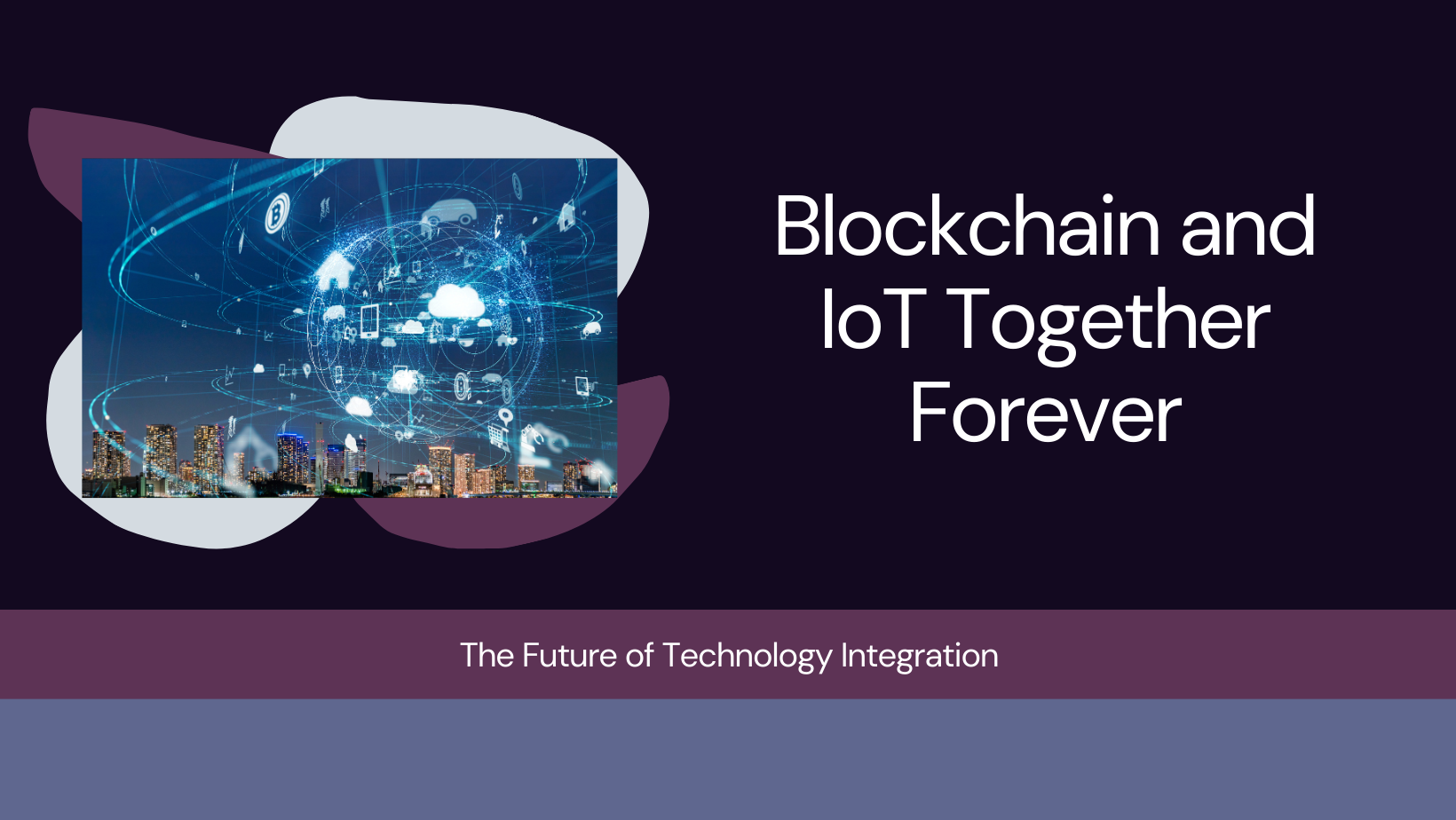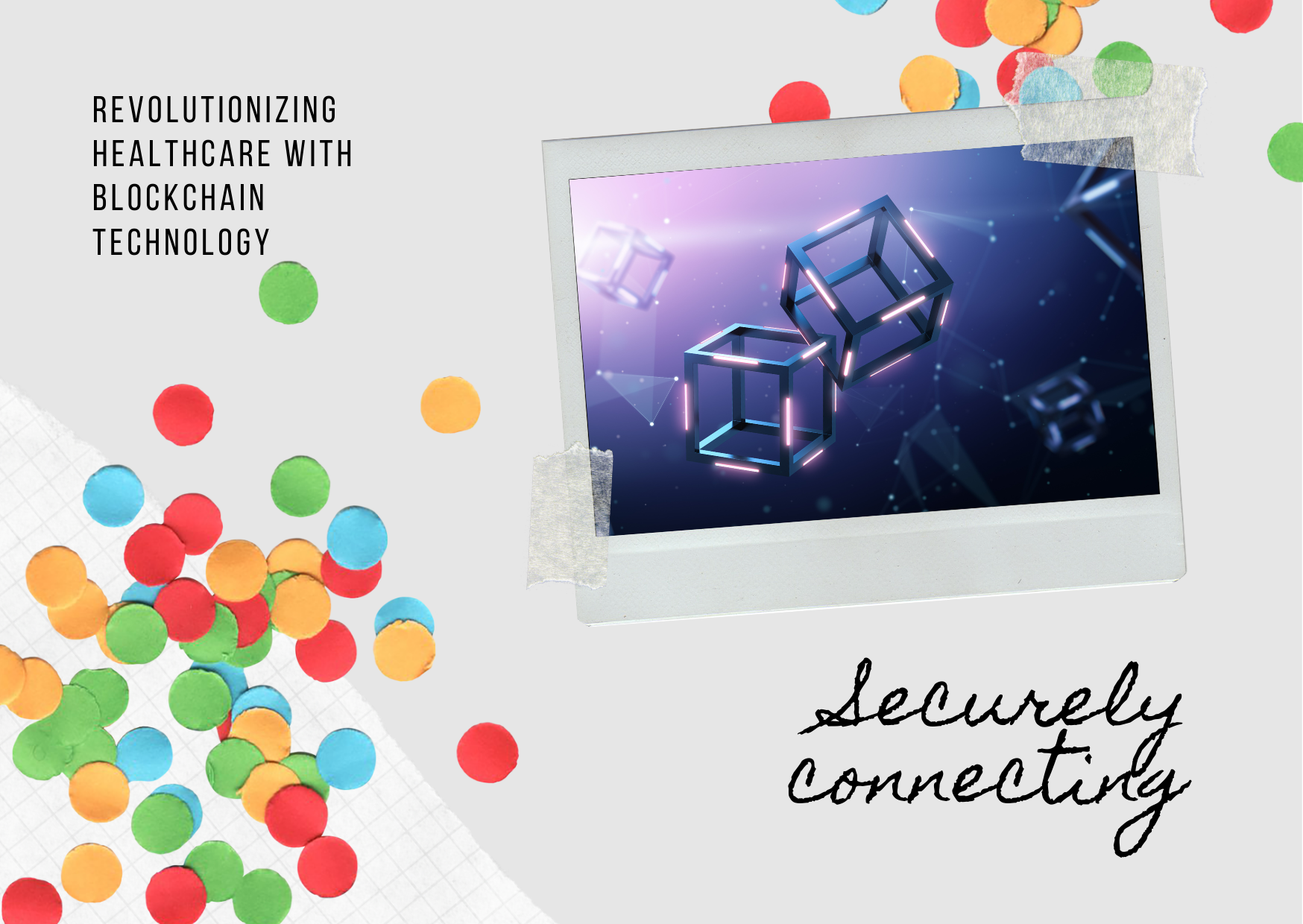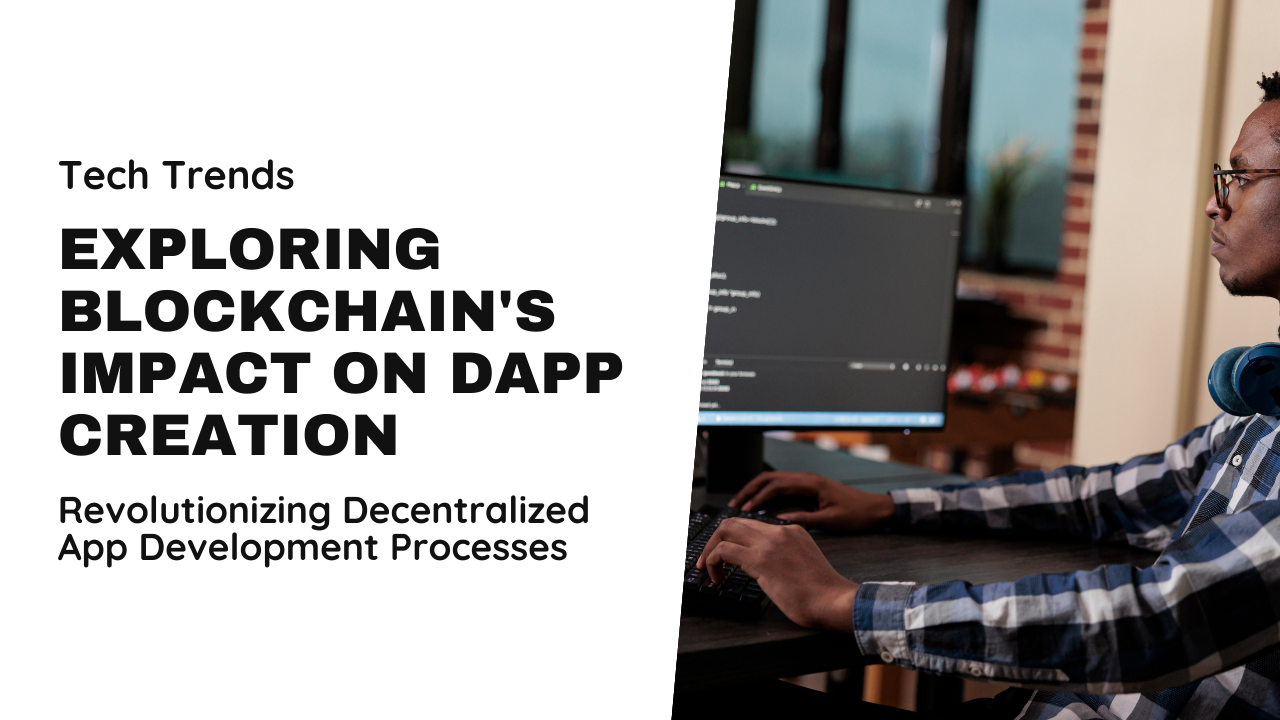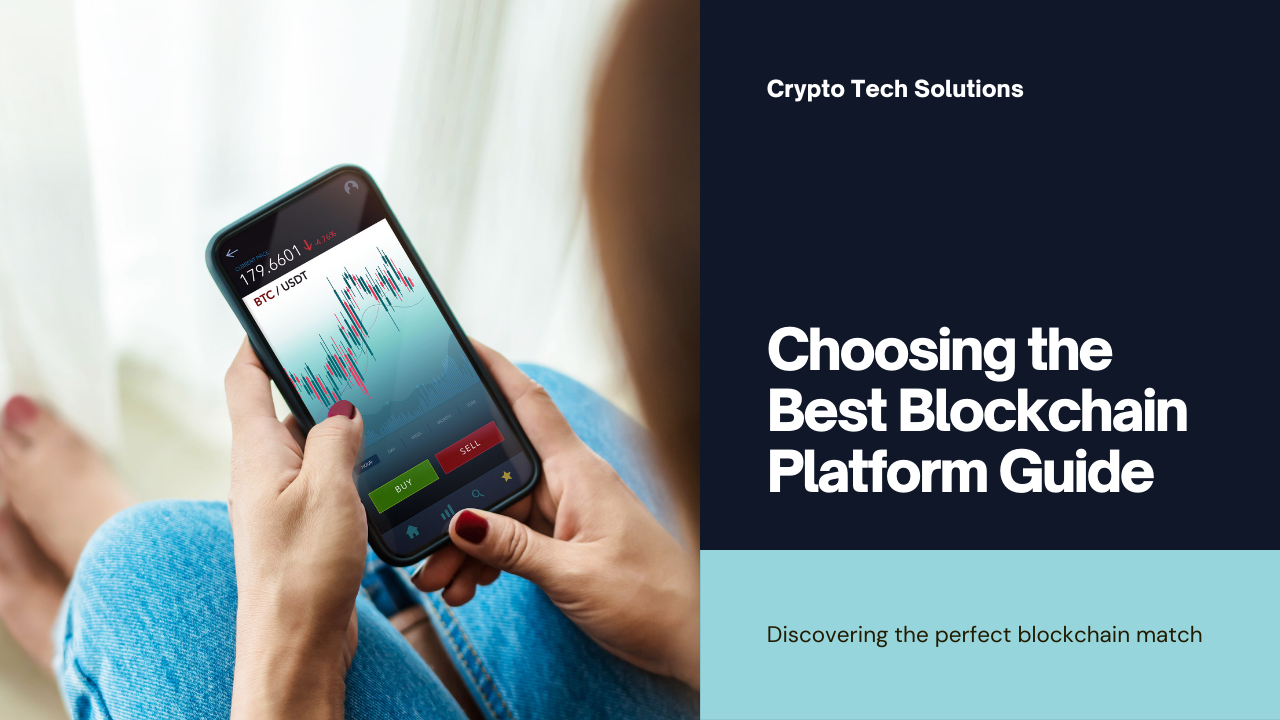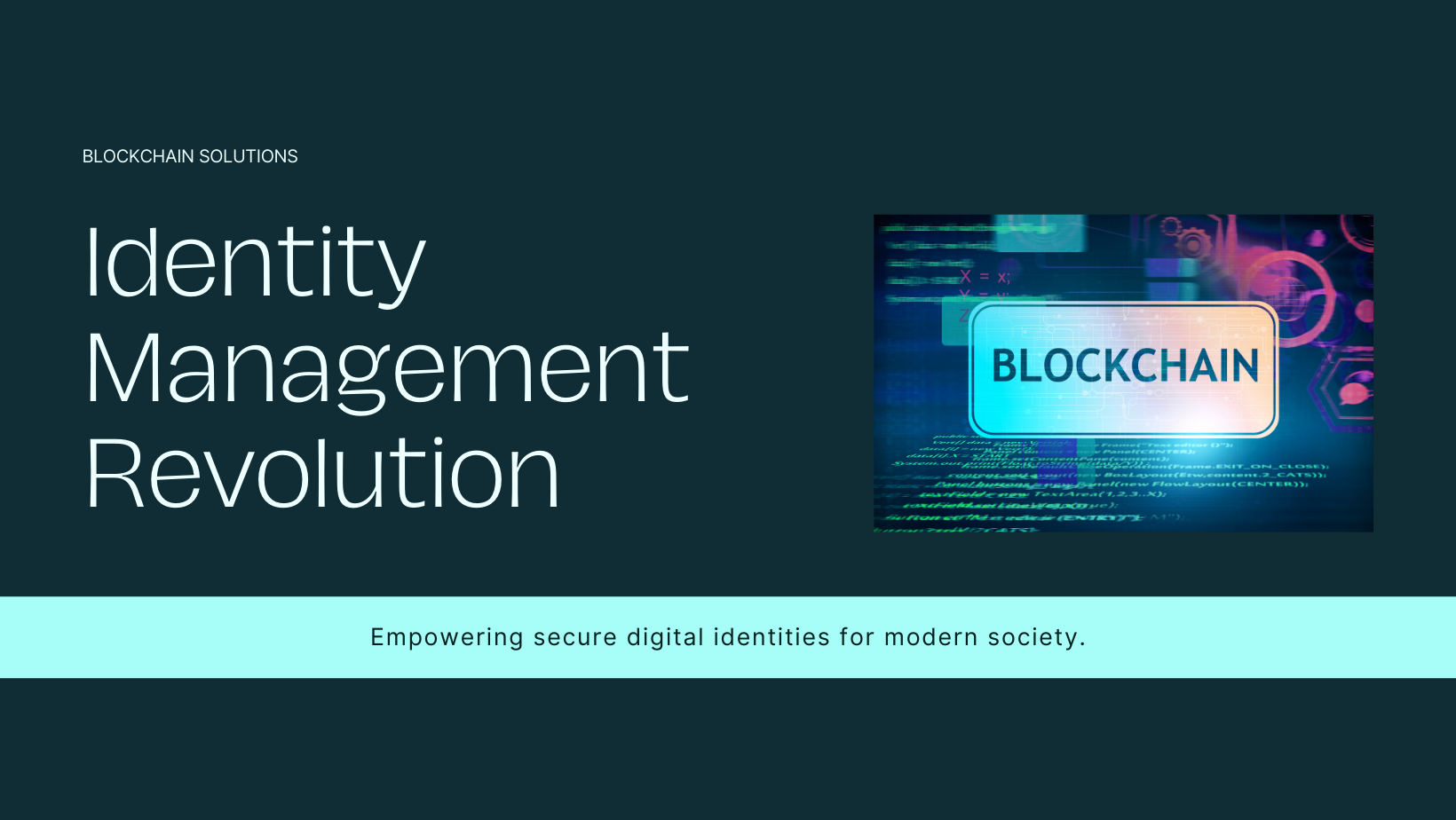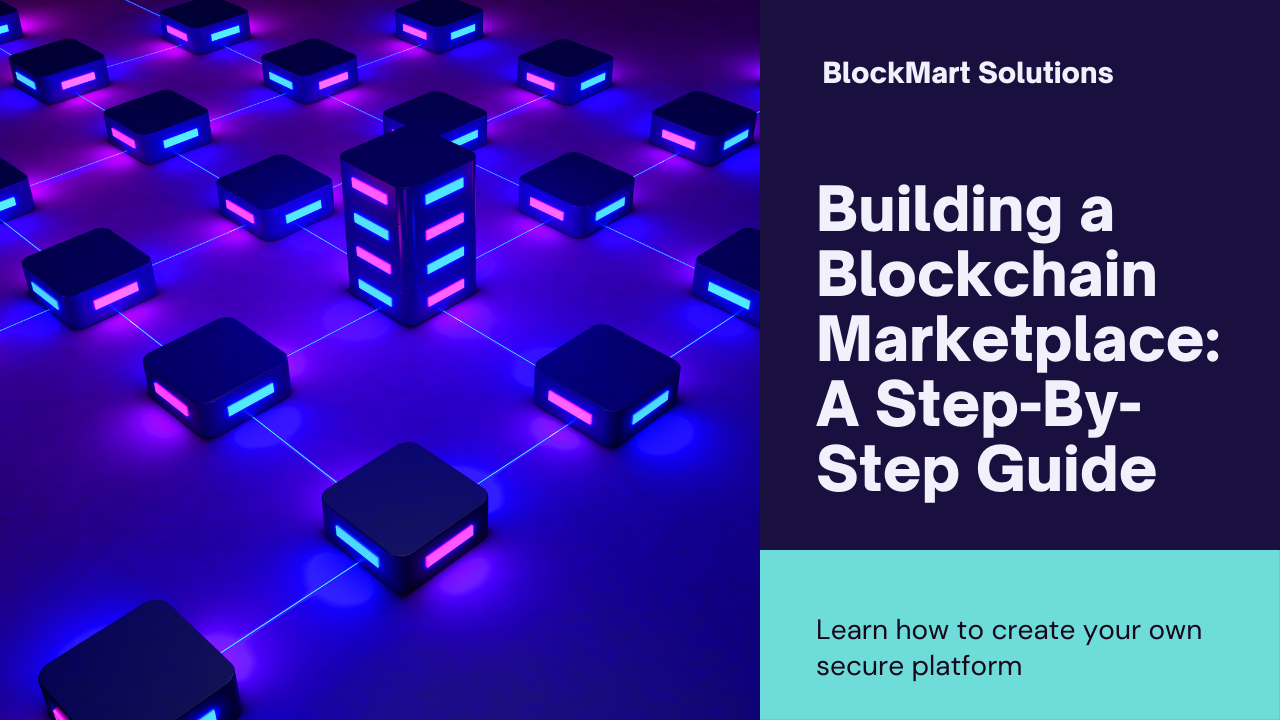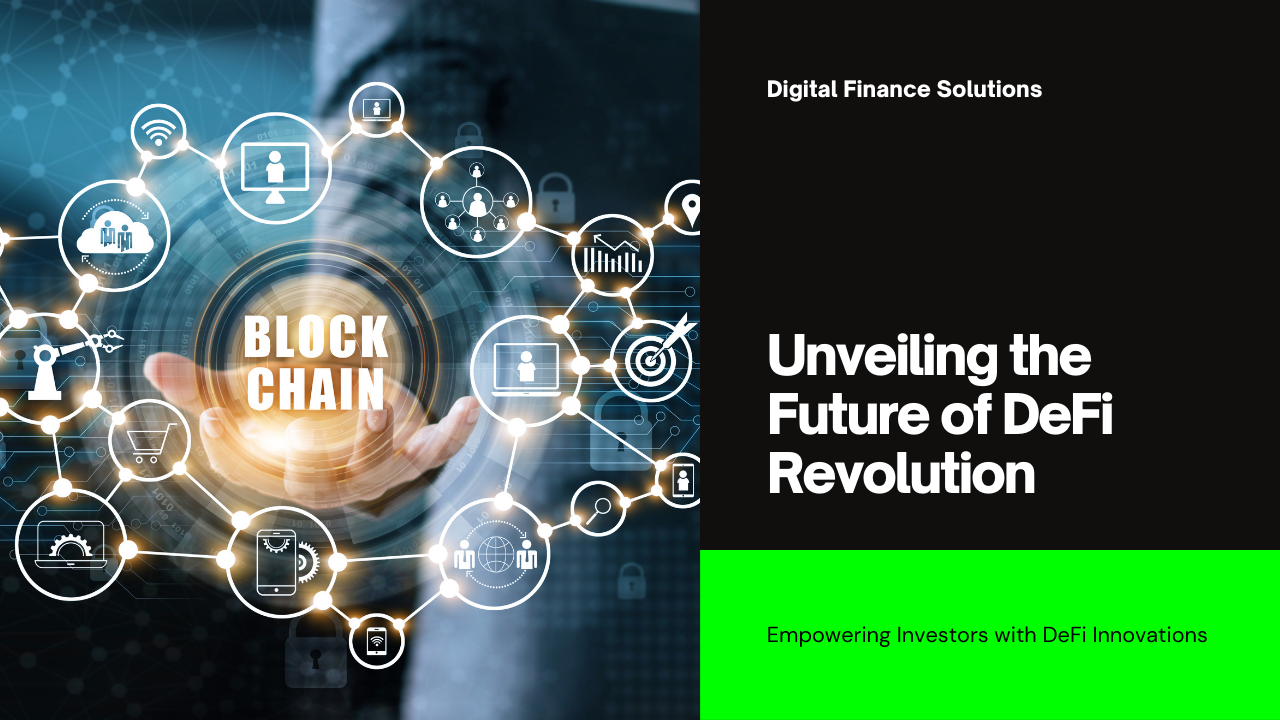Blockchain and Internet of Things (IoT) technologies are revolutionizing industries by offering enhanced security, transparency, and efficiency in data management and device interactions. Sodio Technologies explores the synergistic relationship between blockchain and IoT, highlighting their combined potential, benefits, challenges, and real-world applications.
Understanding Blockchain and IoT
Blockchain:
Blockchain is a decentralized digital ledger that records transactions securely and transparently across a distributed network of computers. Key features include:
- Decentralization: Eliminates the need for intermediaries by enabling peer-to-peer transactions.
- Security: Uses cryptographic techniques to protect data integrity and prevent tampering.
- Transparency: Provides a transparent and immutable record of transactions, enhancing trust among stakeholders.
IoT:
IoT refers to a network of interconnected devices that collect and exchange data over the internet. Key features include:
- Interconnectivity: Enables seamless communication between devices and systems.
- Data Collection: Gathers real-time data from sensors and devices for analysis and decision-making.
- Automation: Automates processes and improves operational efficiency in various industries.
The Synergistic Benefits of Blockchain and IoT
1. Enhanced Security and Data Integrity
Blockchain enhances IoT security by:
- Data Encryption: Secures data transmission and storage through cryptographic algorithms.
- Immutable Records: Ensures the integrity and authenticity of IoT data, preventing unauthorized tampering.
2. Decentralized Data Management
Blockchain decentralization complements IoT device communication by:
- Peer-to-Peer Transactions: Facilitates direct device interactions without intermediaries.
- Data Ownership: Allows users to control and manage their IoT-generated data securely.
3. Improved Transparency and Traceability
Blockchain transparency enhances IoT applications in:
- Supply Chain Management: Tracks and verifies the provenance of goods through transparent transaction records.
- Healthcare: Secures and shares electronic health records (EHRs) while maintaining patient privacy.
Real-World Applications of Blockchain and IoT
1. Smart Cities and Infrastructure
Integrates blockchain and IoT for:
- Urban Planning: Manages energy consumption, traffic flow, and waste management efficiently.
- Public Services: Enhances citizen services such as transportation, healthcare, and public safety.
2. Supply Chain and Logistics
Optimizes supply chain operations with:
- Real-Time Tracking: Monitors shipments and inventory levels to improve logistics efficiency.
- Smart Contracts: Automates contract execution and payment settlements across supply chain partners.
3. Healthcare and Medical Devices
Utilizes blockchain and IoT for:
- Medical Data Management: Secures patient data and facilitates interoperability among healthcare providers.
- Remote Patient Monitoring: Monitors patient health metrics in real-time, improving care delivery and patient outcomes.
Challenges and Considerations
1. Scalability and Performance
Ensuring blockchain platforms can handle the volume and speed of IoT-generated data:
- Network Congestion: Addresses scalability issues to maintain transaction processing speeds.
- Resource Efficiency: Optimizes blockchain consensus mechanisms to reduce energy consumption.
2. Data Privacy and Compliance
Navigating regulatory requirements and data protection laws:
- GDPR Compliance: Adheres to global data privacy regulations to protect user rights and personal information.
- Data Sovereignty: Respects jurisdictional boundaries and ensures data residency compliance.
Future Trends and Innovations
1. Edge Computing Integration
Combines blockchain and edge computing for:
- Real-Time Data Processing: Analyzes IoT data at the edge to reduce latency and improve responsiveness.
- Local Data Storage: Stores sensitive IoT data locally to enhance security and privacy compliance.
2. AI and Machine Learning
Enhances predictive analytics and decision-making in IoT applications:
- Data Insights: Leverages AI algorithms to derive actionable insights from blockchain-secured IoT data.
- Autonomous Systems: Develops autonomous IoT systems capable of self-learning and adaptive behavior.
Case Studies and Success Stories
Highlighting successful implementations of blockchain and IoT integration:
- IOTA: Uses a Directed Acyclic Graph (DAG) for feeless transactions and scalable IoT data management.
- VeChain: Secures supply chain operations with blockchain-based tracking and verification solutions.
Conclusion
Blockchain and IoT represent a transformative partnership that enhances data security, transparency, and efficiency across industries. Sodio Technologies continues to innovate by integrating blockchain solutions with IoT applications, paving the way for smarter cities, efficient supply chains, and personalized healthcare. By leveraging blockchain’s decentralized architecture and IoT’s interconnected ecosystem, organizations can unlock new opportunities for innovation, improve operational processes, and build trust in the digital economy.
